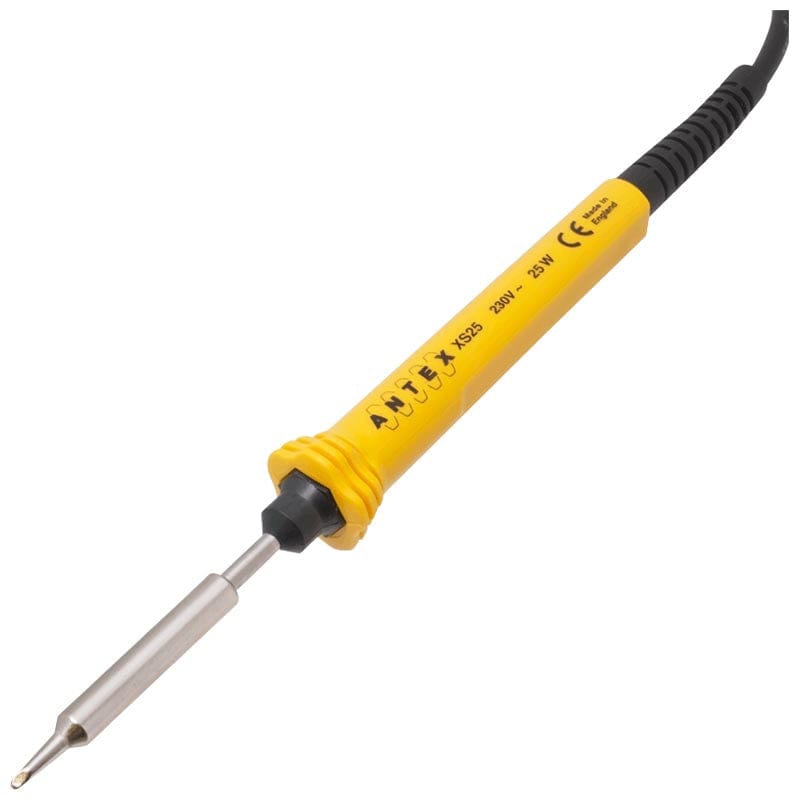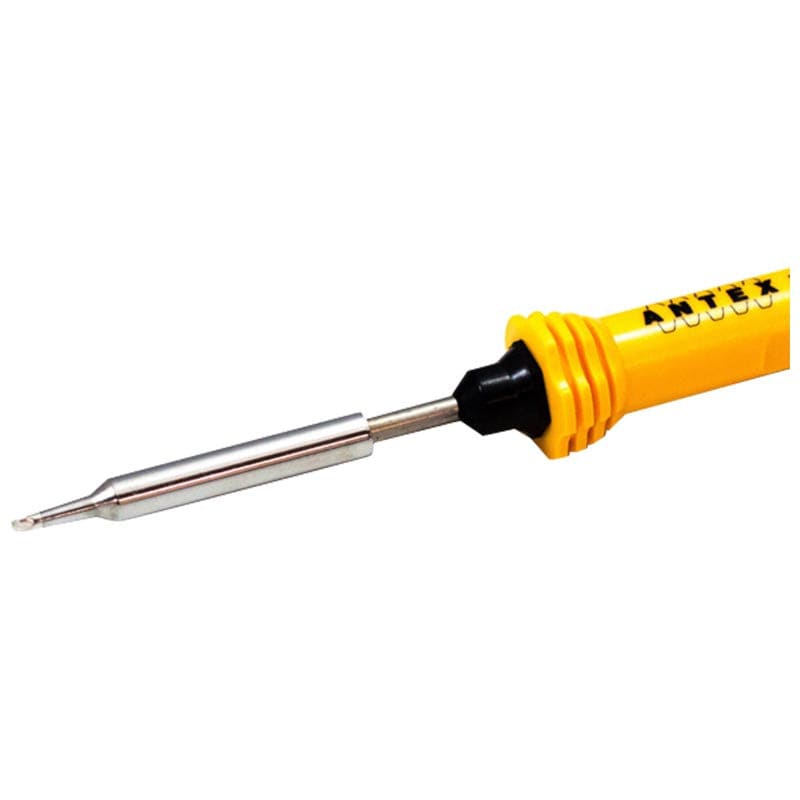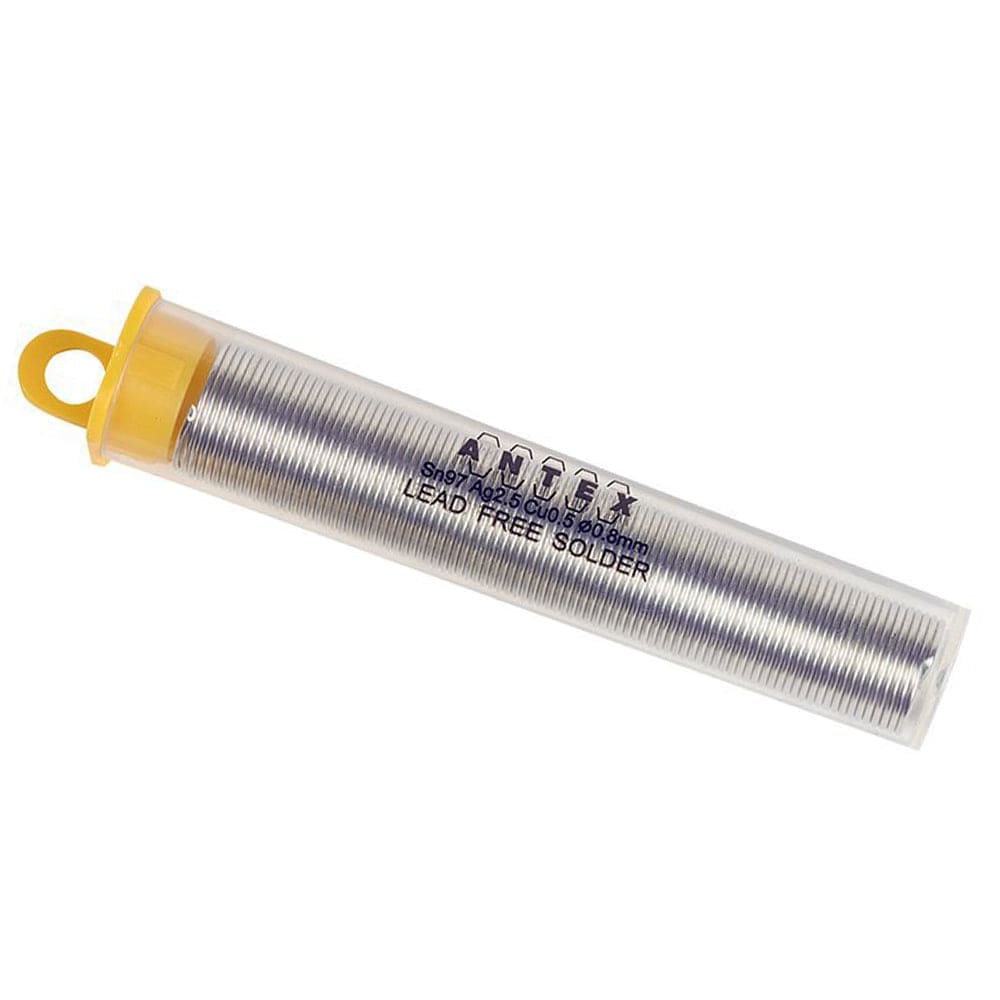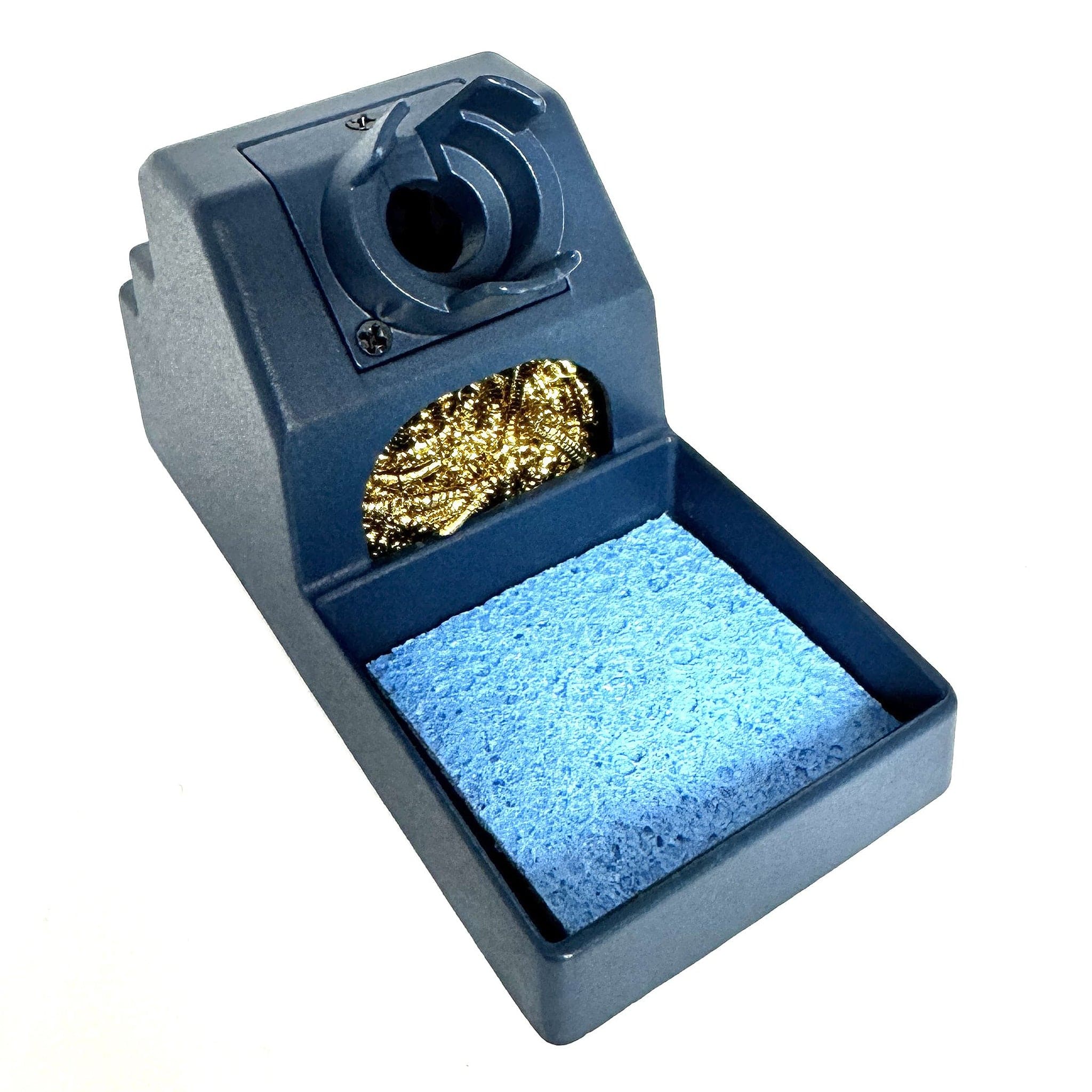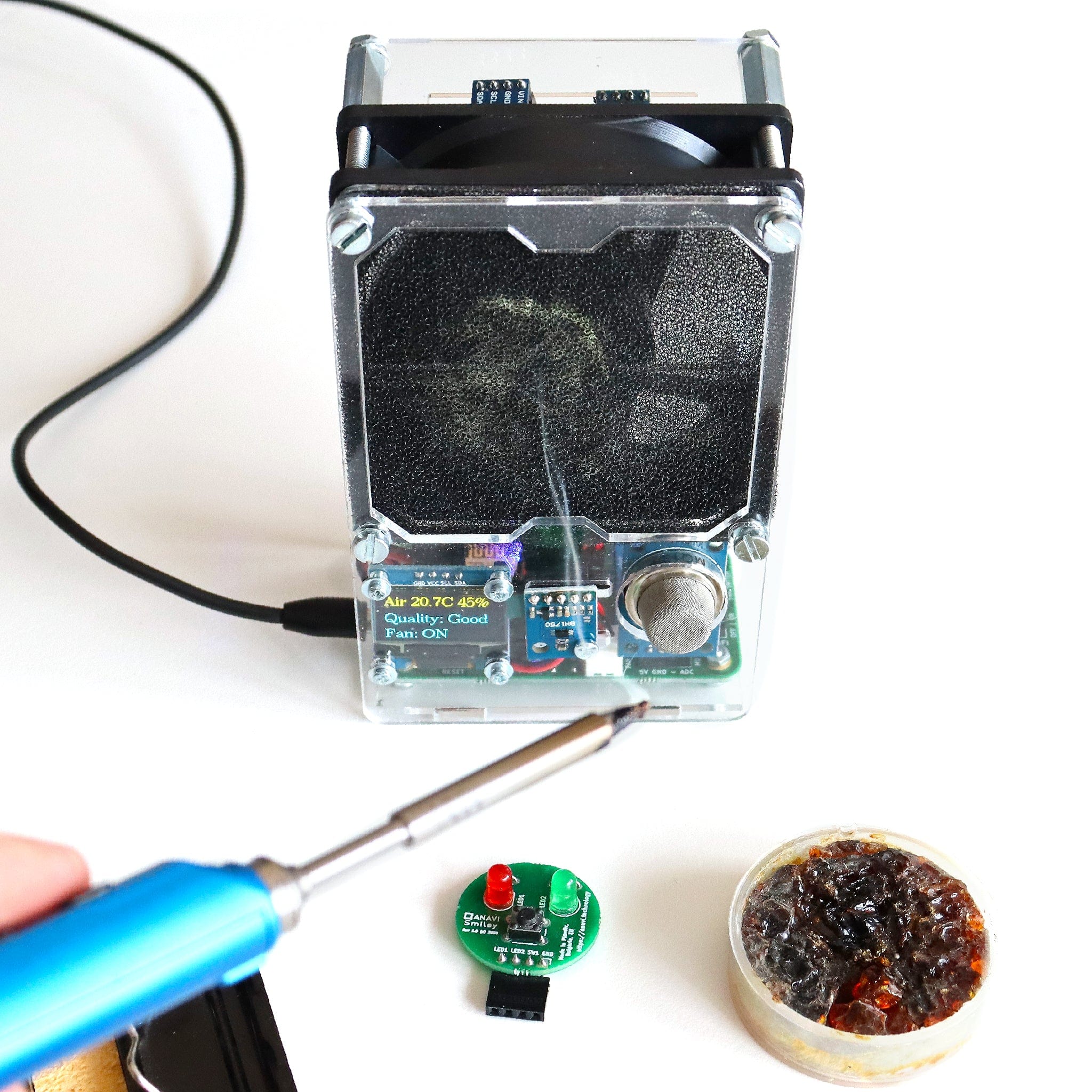
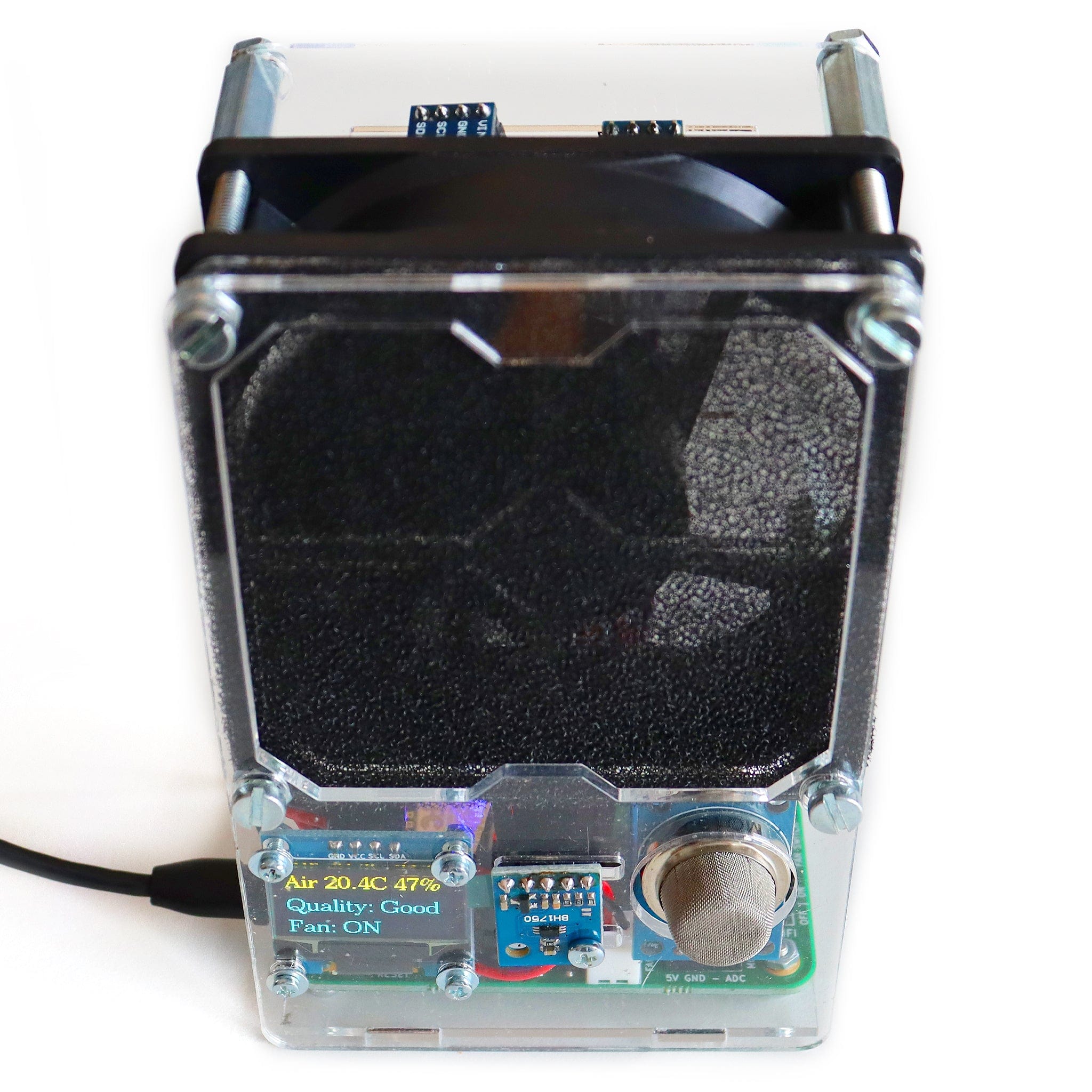
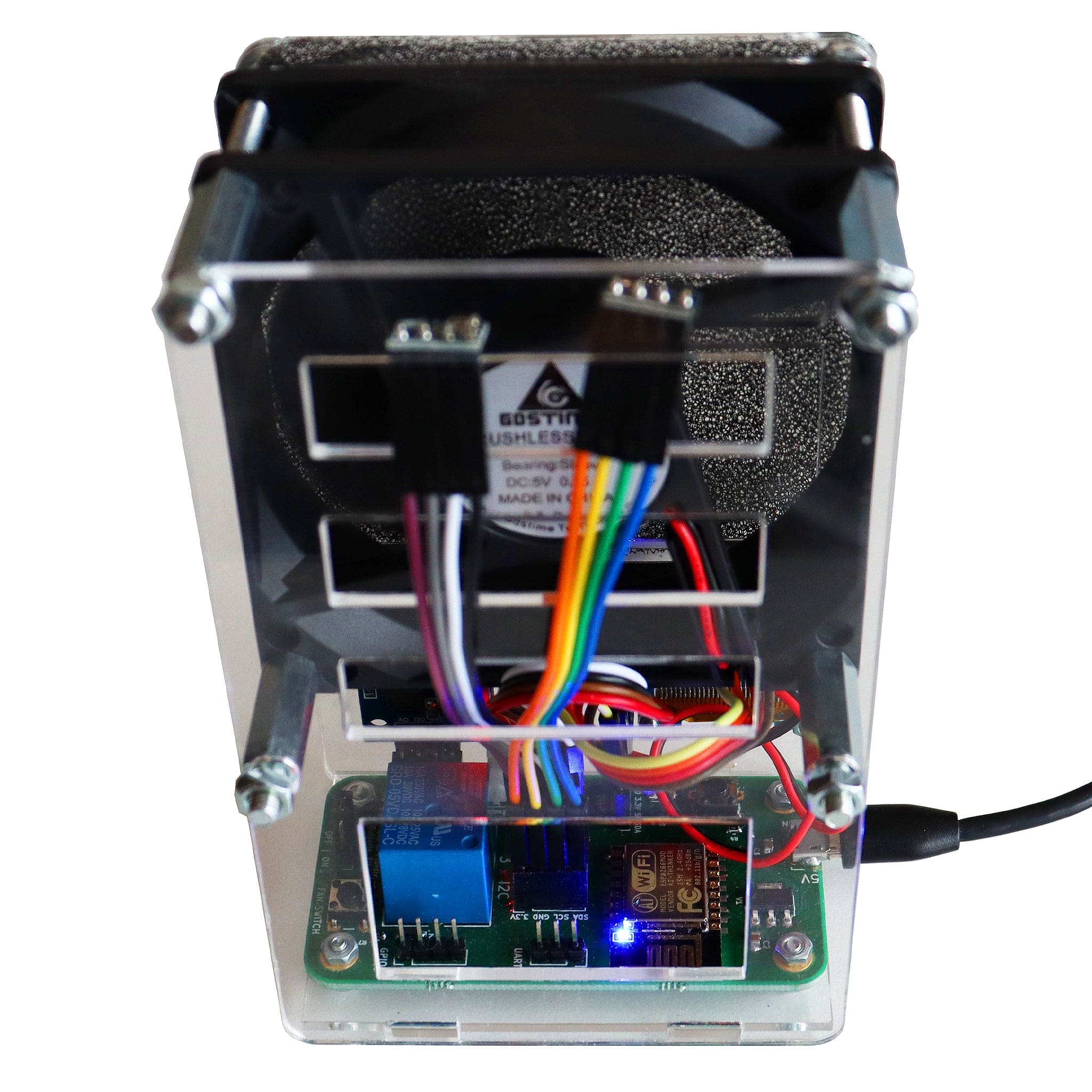
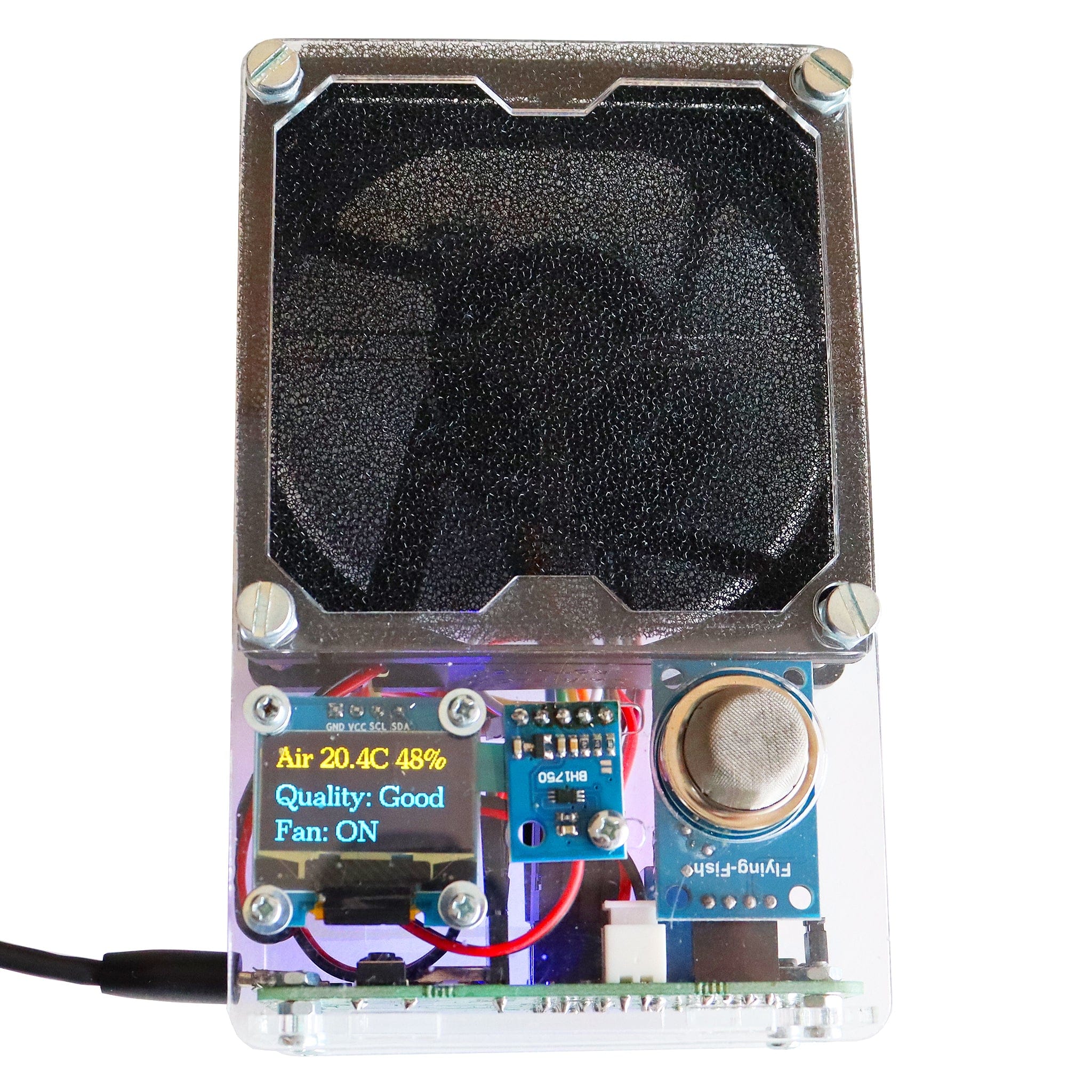
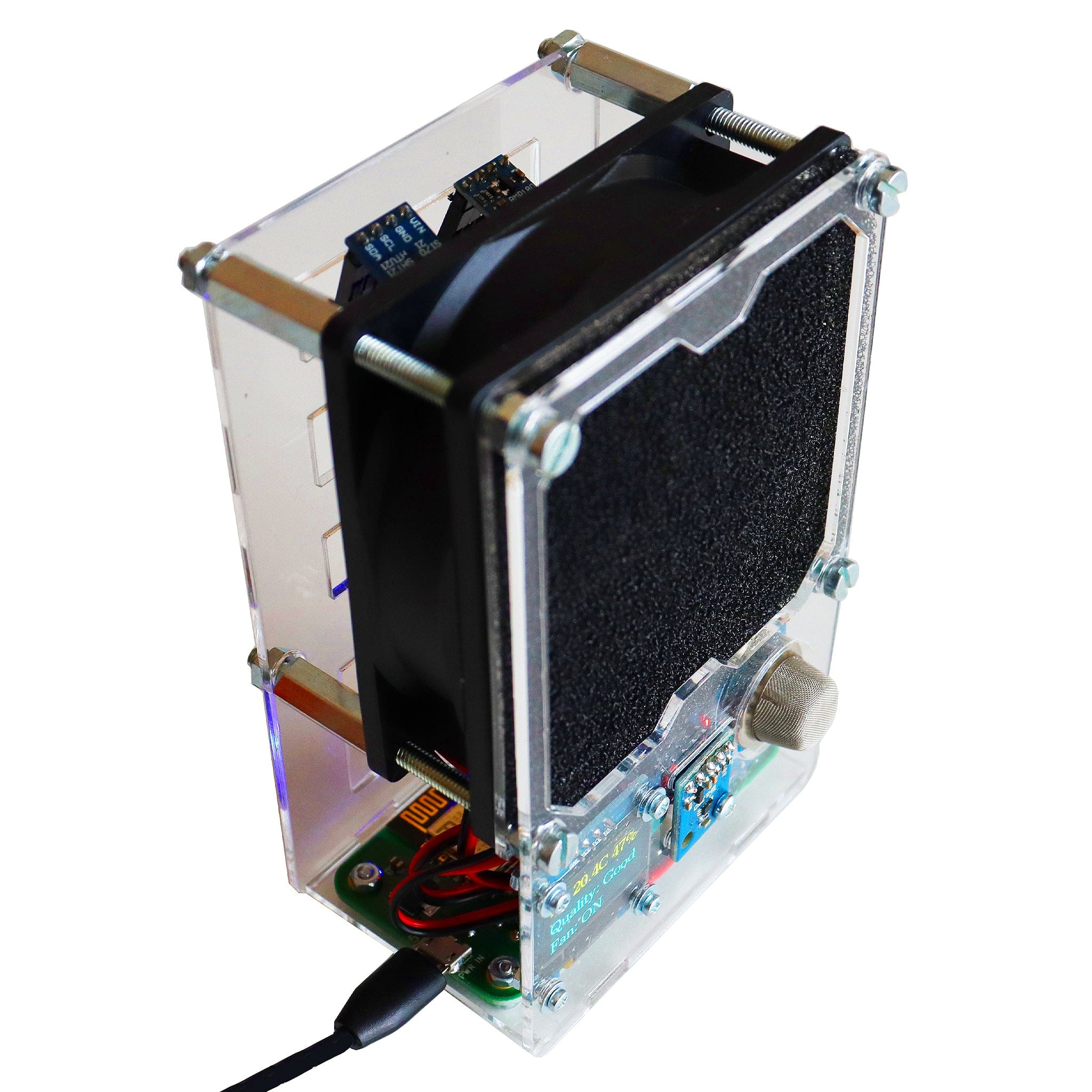
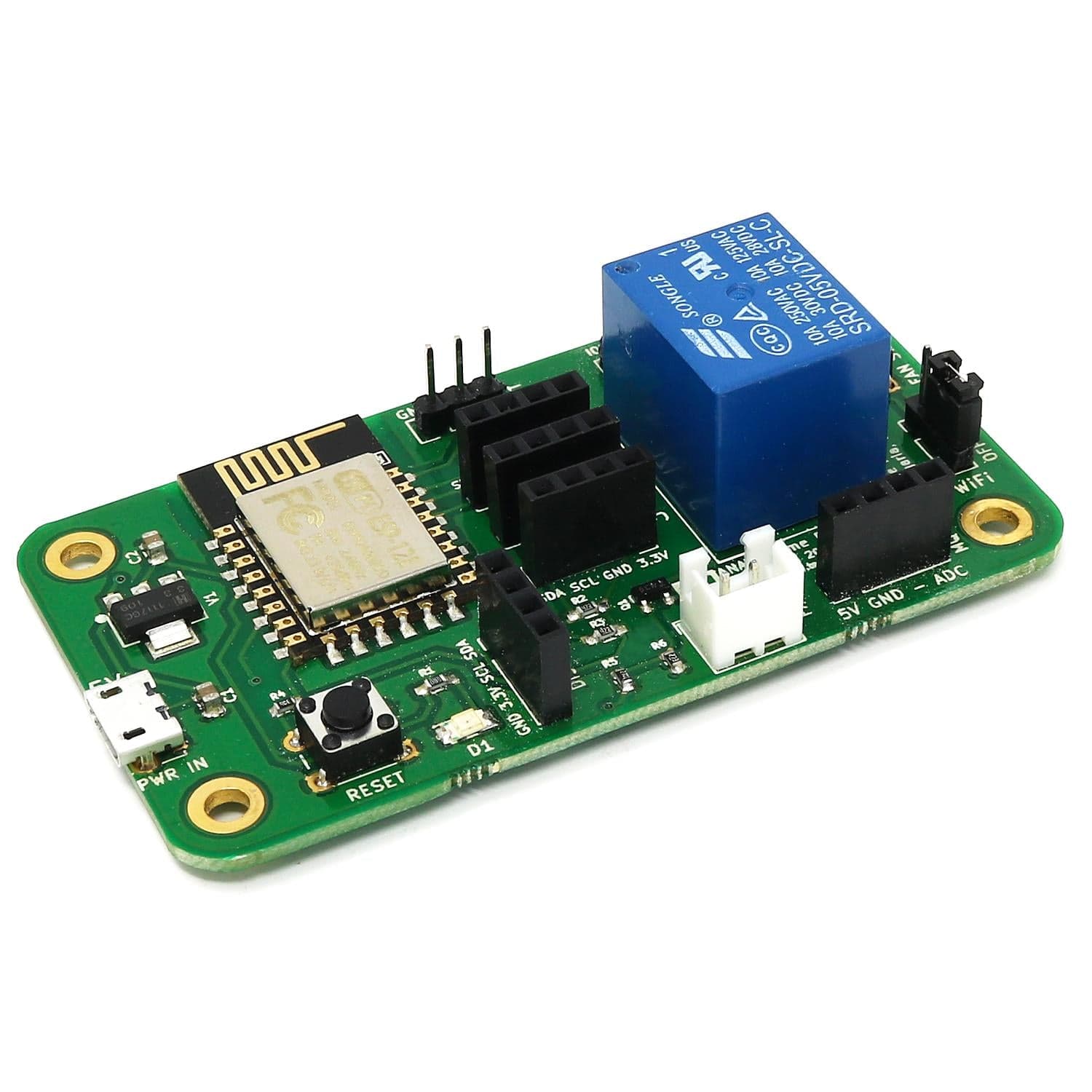
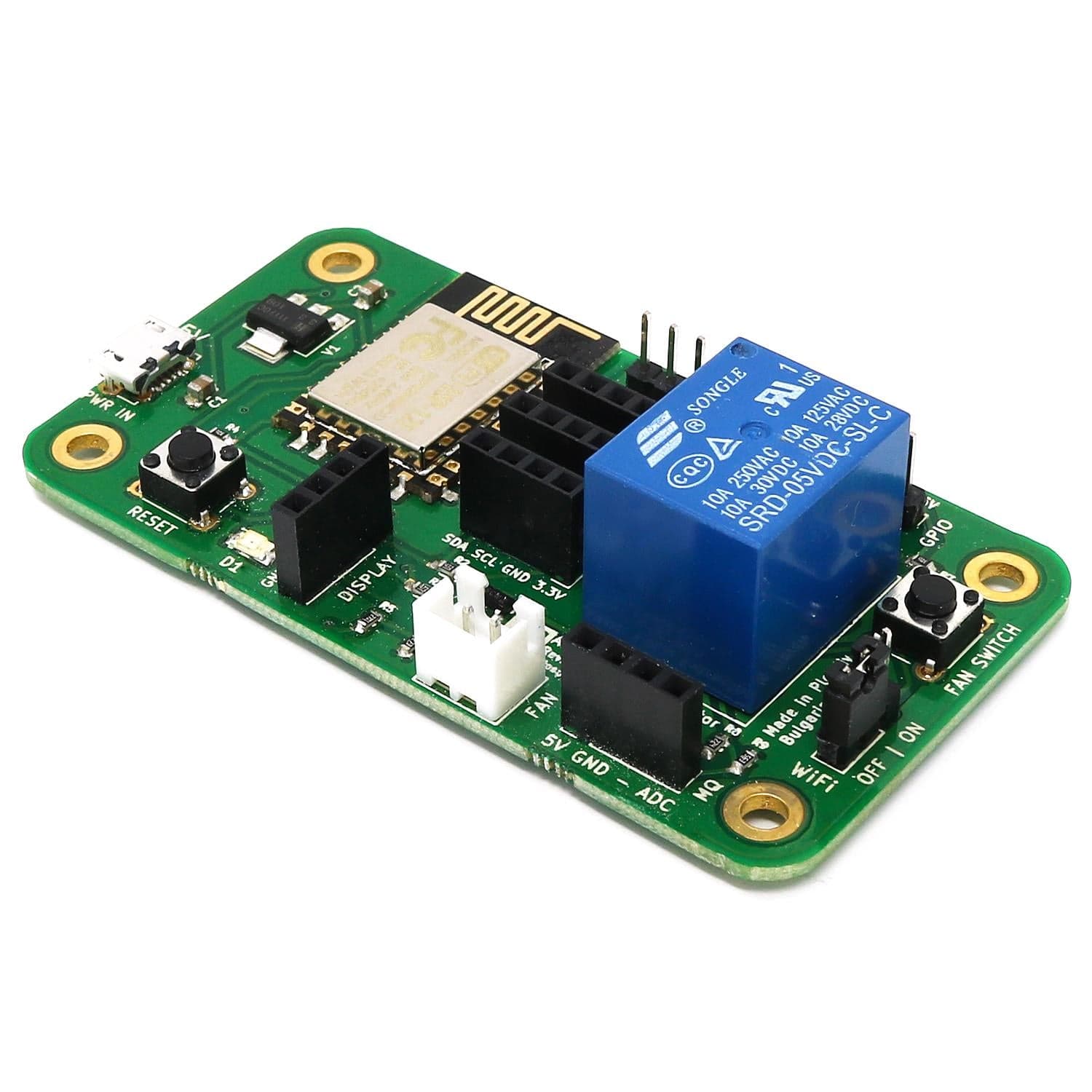
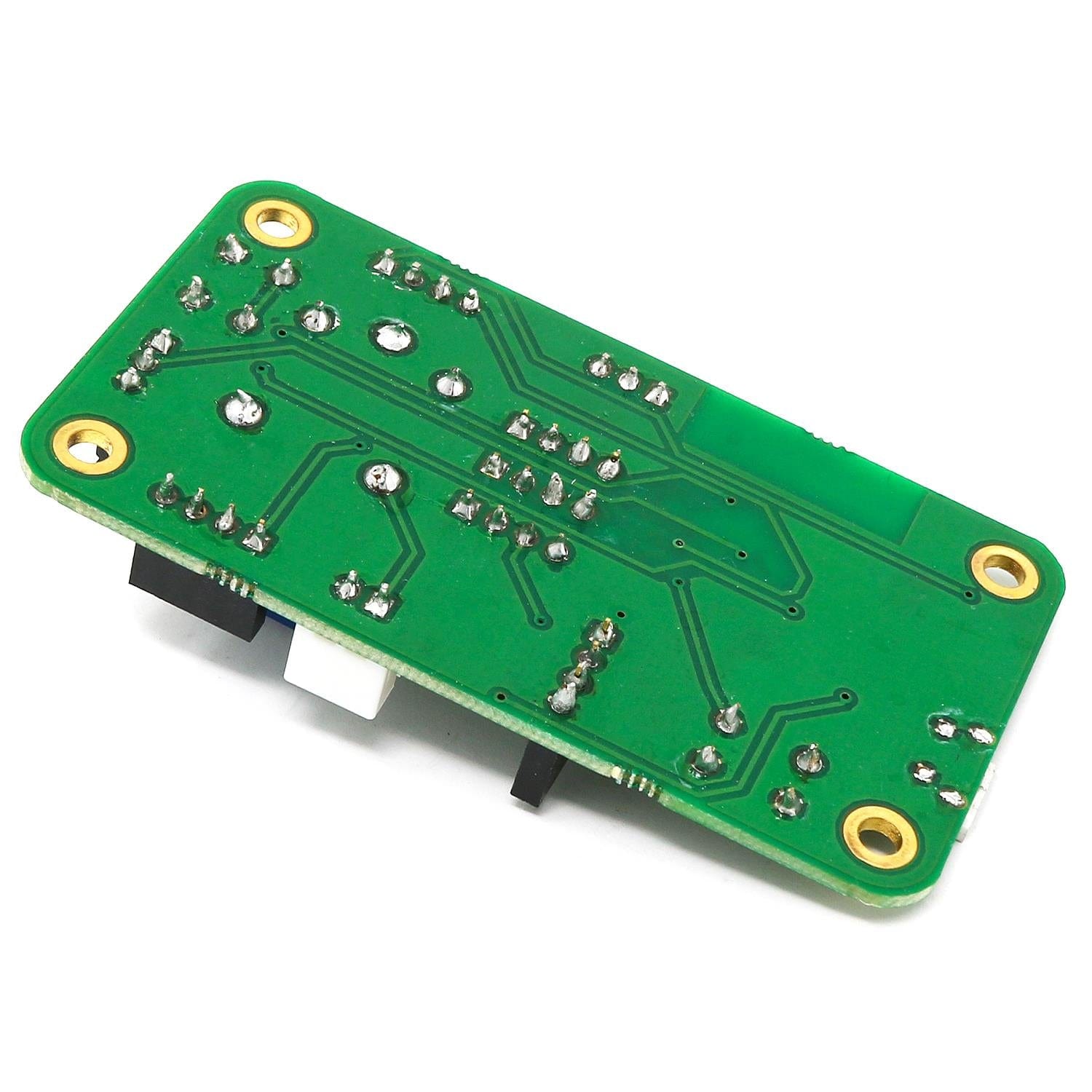
Login / Signup
Cart
Your cart is empty
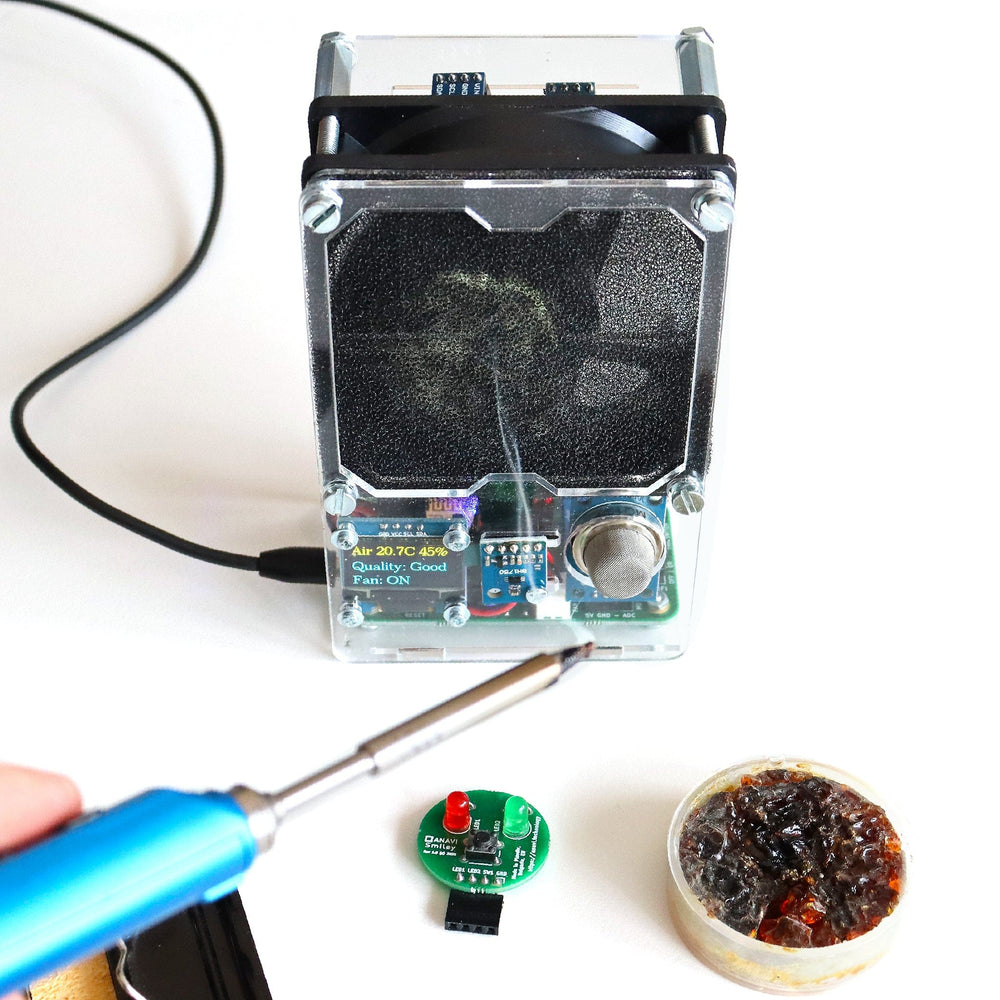
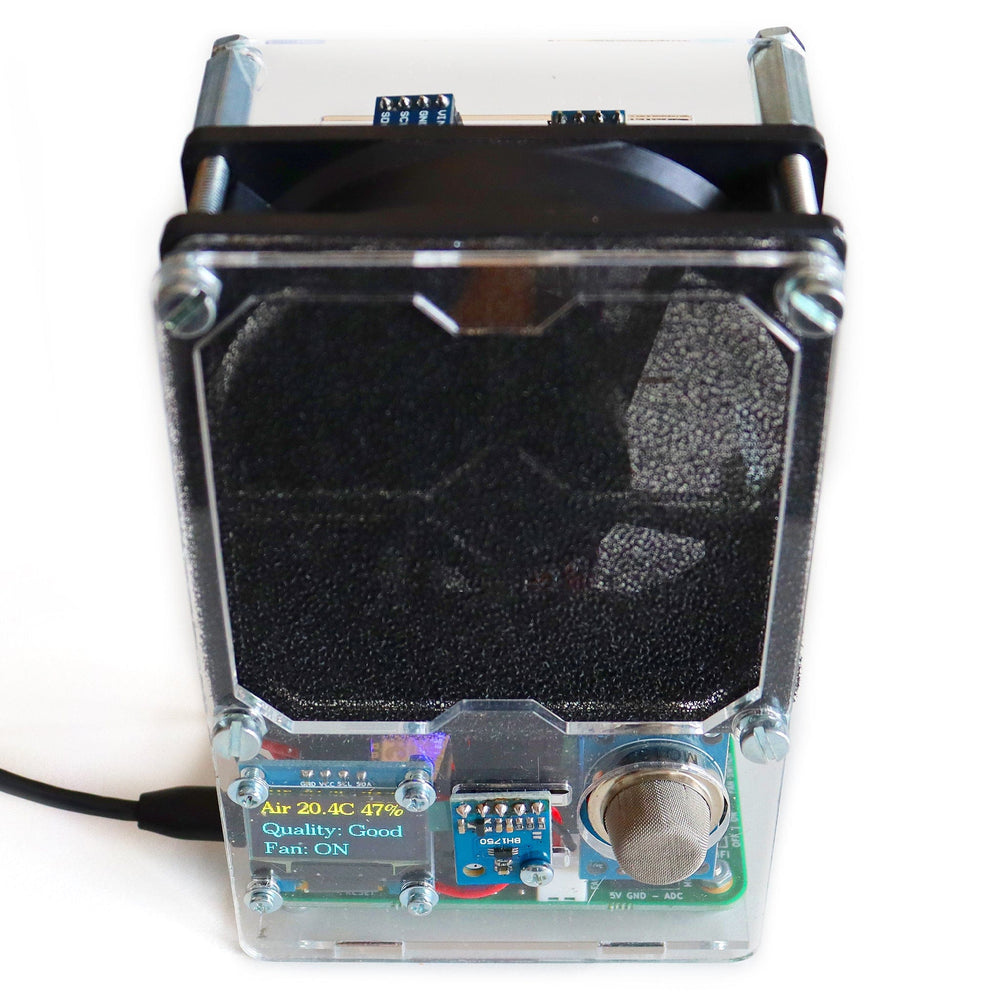
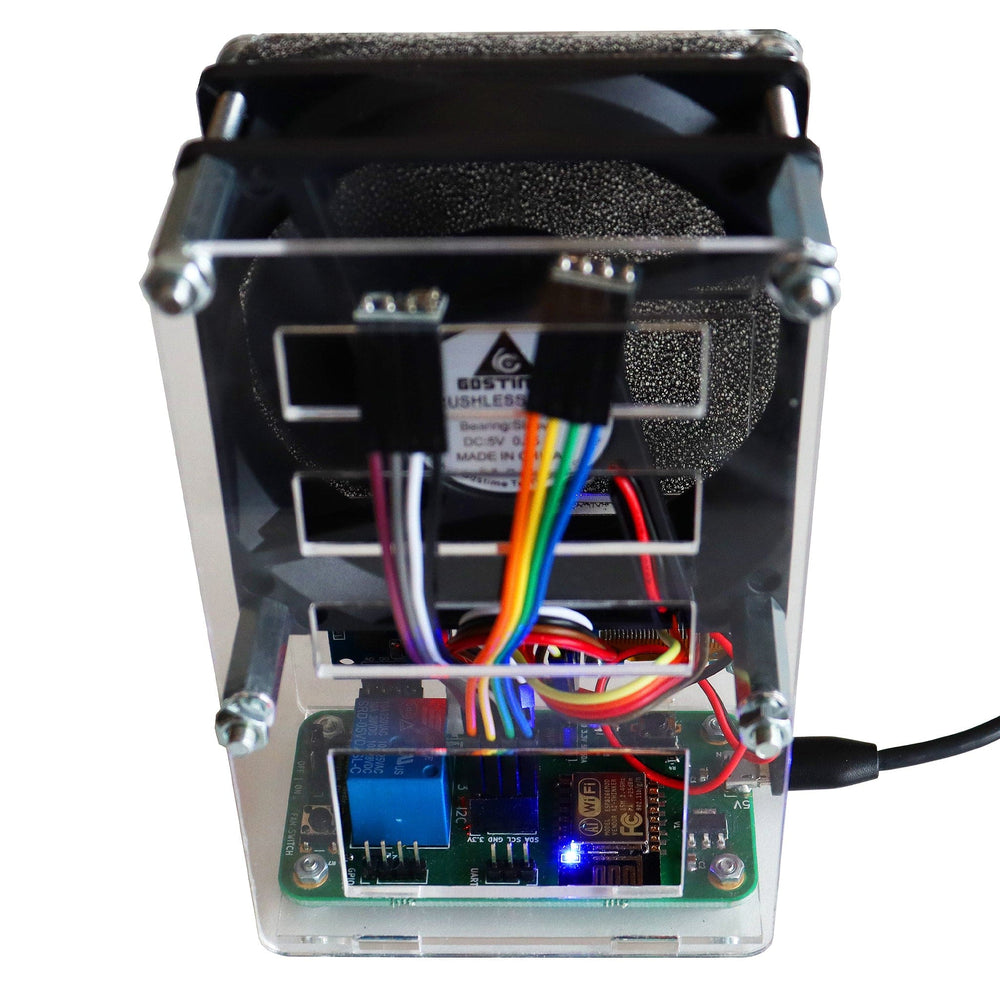
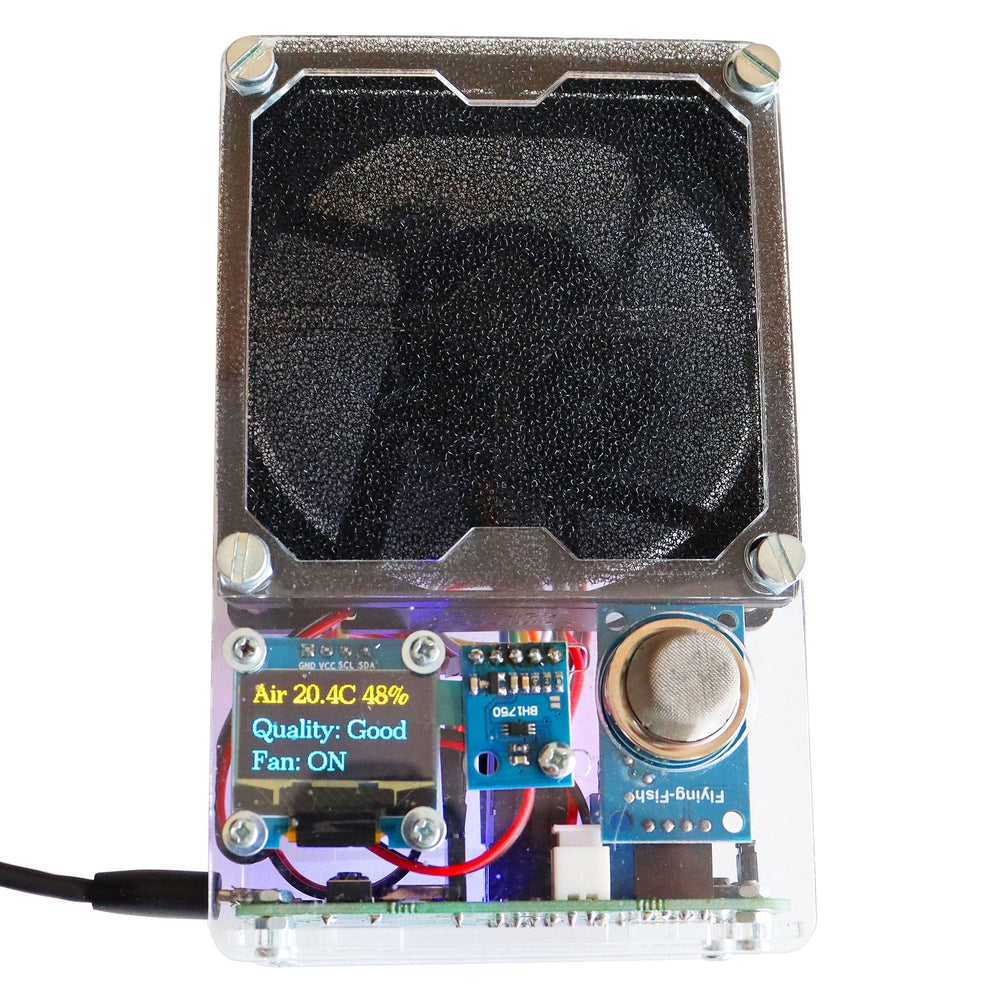
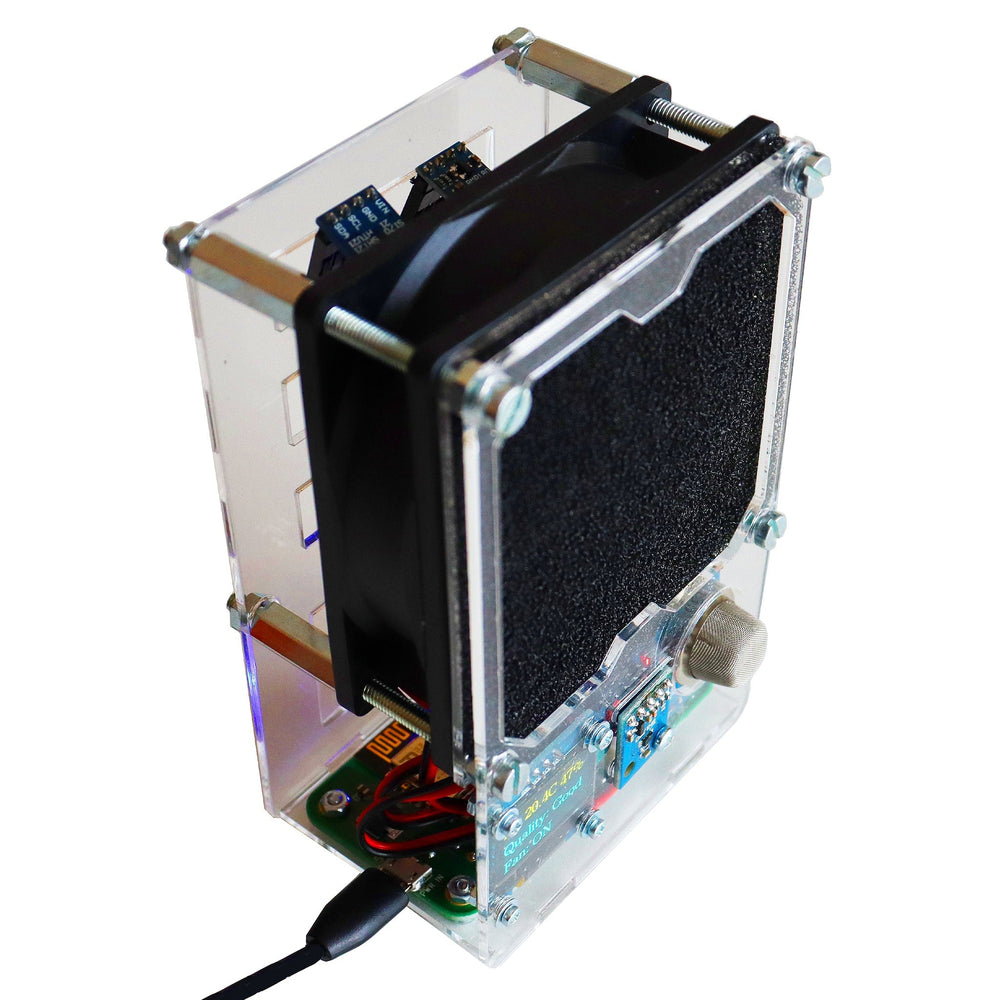
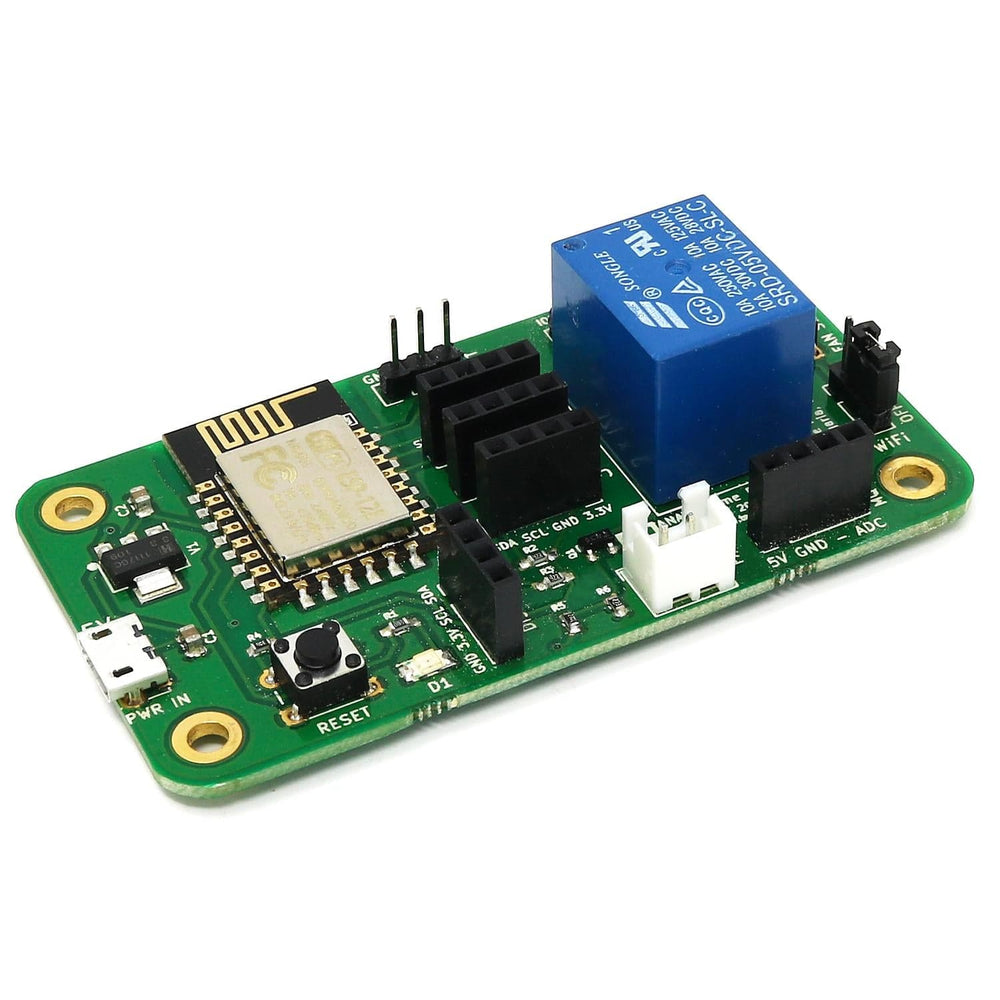
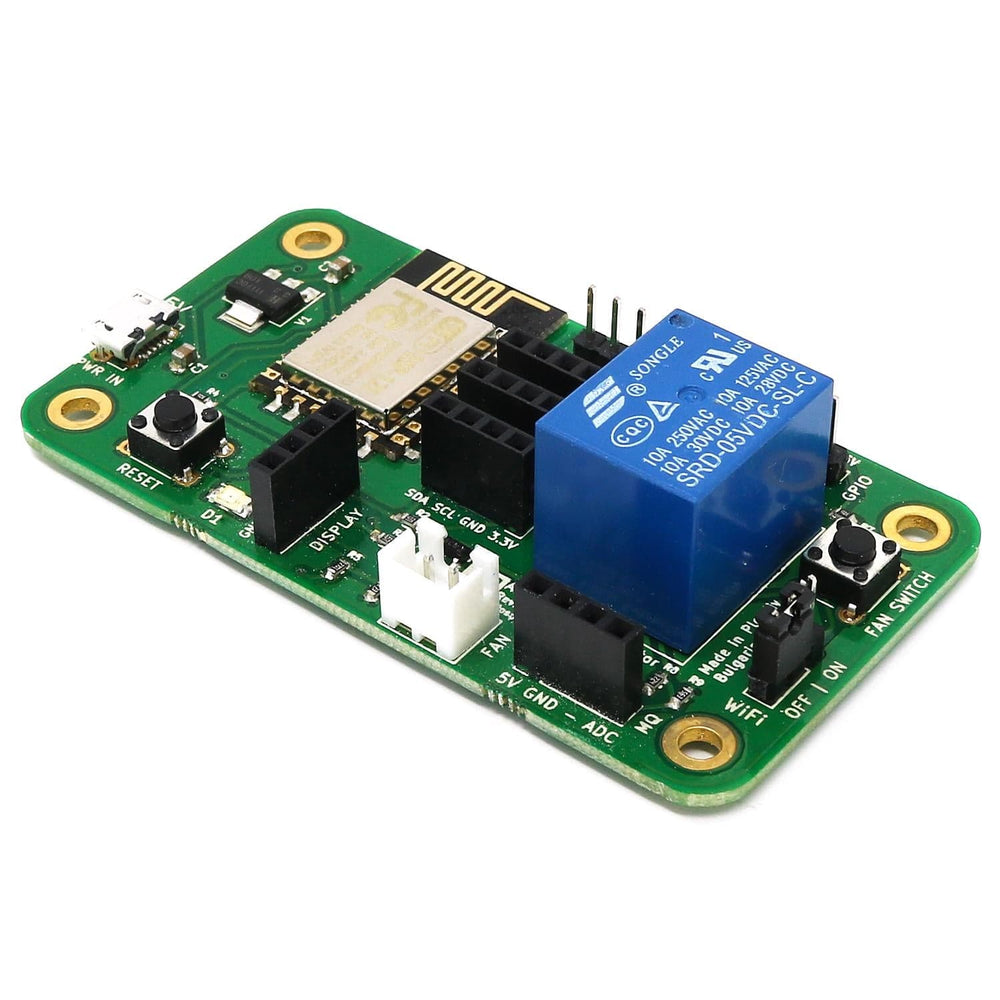
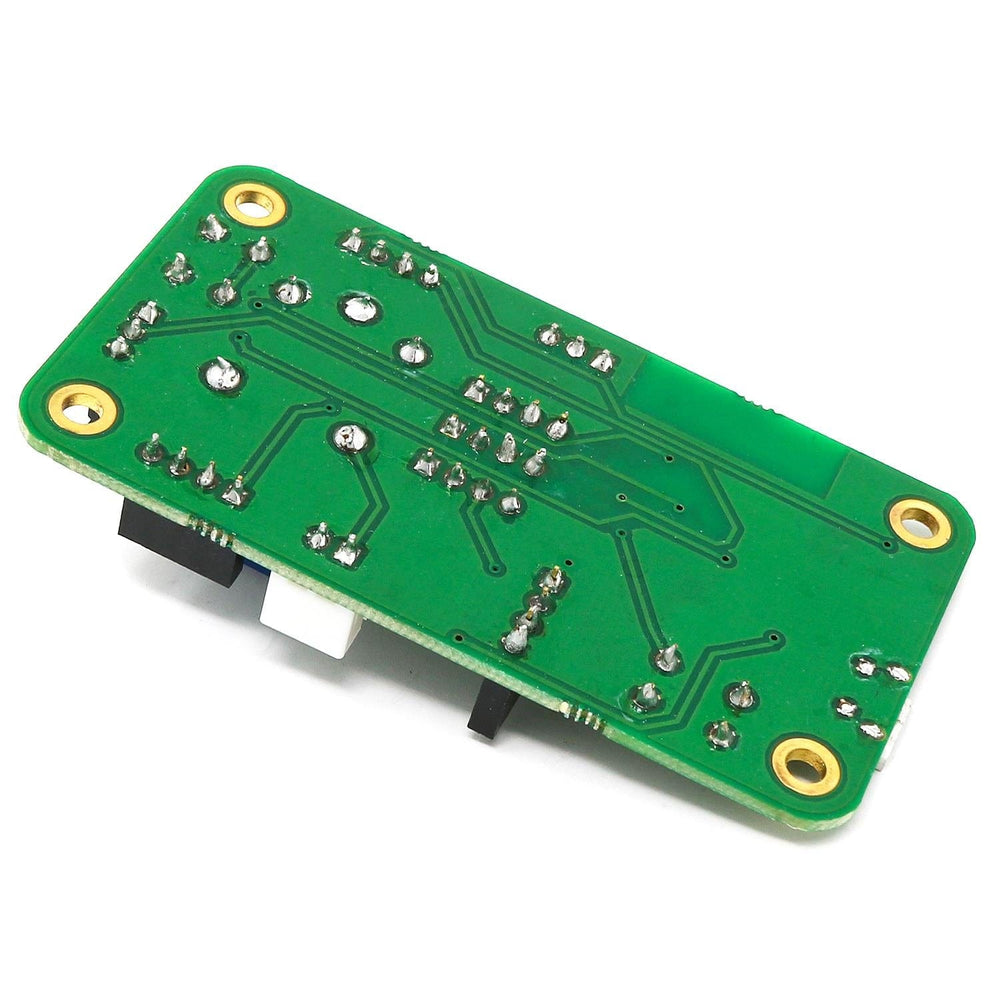
Soldering is fun, but soldering fumes can be dangerous to your health. Stay safe and healthy by using a fume extractor. Existing products on the market are bulky, noisy and lack smart features. The alternative is the Anavi Fume Extractor kit!
The Anavi Fume Extractor is a smart, open-source, solder smoke absorber DIY kit. It is powered by a Wi-Fi development board with an ESP8266, an 80 mm fan, and a replaceable filter.
The Fume Extractor has dedicated slots for a mini OLED I²C display and an MQ-135 gas sensor module (both included), as well as slots for up to three additional I²C sensor modules for measuring temperature, humidity, light and barometric pressure (not included). Furthermore, there are UART pins for easy flashing of custom firmware and an extra GPIO for connecting external peripherals.
The default open source firmware allows you to connect your Anavi Fume Extractor to your Wi-Fi network to gather data from various sensors and control it remotely. Through the lightweight messaging protocol MQTT, the Fume Extractor works with popular open-source home automation software tools such as Home Assistant, OpenHAB and ioBroker.
ANAVI Fume Extractor can be used in offline or online mode by connecting it to your local Wi-Fi network and MQTT broker for integration with open source IoT platforms. When turning Wi-Fi on for the very first time, it will create Wi-Fi Access Point (AP) with a captive portal for user-friendly initial configuration from a personal computer, smartphone or tablet.
The Anavi Fume Extractor mainboard can also serve as a convenient development board for home automation projects that are suitable for anyone interested in the Internet of Things and coding. The comprehensive user manual includes steps for using all the features of the board.
The unit is lightweight and can even be portable with a USB power bank. The filters and all parts are replaceable and each kit includes two filters. For long-term maintenance, you can replace these filters with 80 mm 45 PPI foam media filters
Note: the product images show BH1750 I²C sensor but this is not included in this kit. Assembly required!
Out of the box, ANAVI Fume Extractor supports the following modules (not included):
You can also attach any other I²C sensors, but you will have to take care of their software integration.
Note: the product images show a BH1750 I²C sensor but this is not included in this kit.
The Anavi Fume Extractor is an entirely open source project, the source code and the schematics are available at our GitHub repositories. Please have a look at the following links:
The Anavi Fume Extractor is an entirely open source project that combines open-source hardware with free and open-source software. It has been certified by the Open Source Hardware Association under UID BG000060.
This product relies upon community-supported free and open-source software tools. KiCad and OpenSCAD were used to design the printed circuit board and the acrylic enclosure. The default firmware is an Arduino sketch. Source code and schematics are available on GitHub.









